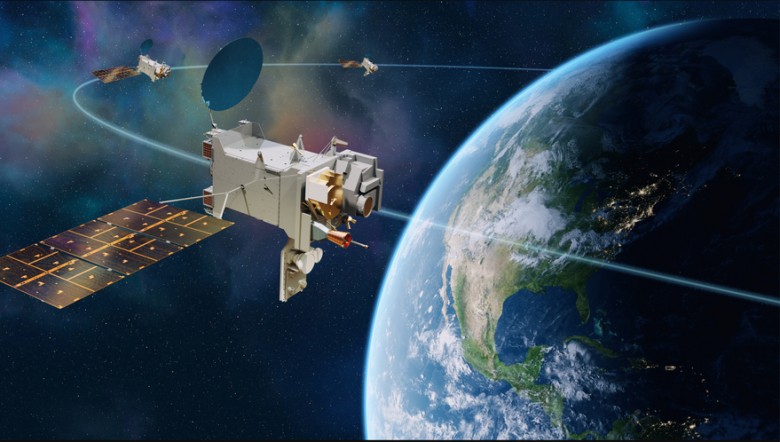The U.S. National Oceanic and Atmospheric Administration has received a 2026 budget proposal from the government. It looks like the meteorological satellite network development program will have to be cut back.

NOAA budget cuts
The White House budget proposal for the National Oceanic and Atmospheric Administration (NOAA) includes significant changes to the weather satellite program, as well as the transfer of space weather and space traffic management functions.
NOAA received the draft budget proposal for FY 2026 from the White House’s Office of Management and Budget (OMB) on April 10. The document, known as a passback, gives the agency the ability to make any final changes to the proposal before the budget proposal is formally released by the administration.
Like NASA’s budget cuts, which included severe cuts to science programs, NOAA’s budget cuts will result in significant changes to many space-related activities. Among them is the Geostationary Extended Observations (GeoXO) program, which involves the development of a new generation of weather satellites that will operate in geostationary orbit from the early 2030s.
Reduction of the GeoXO meteorological satellite system development program
According to a source familiar with the contents of the request, the OMB is seeking an “overhaul” of the GeoXO program. This involves the removal of instruments considered focusing on climate rather than weather data, such as ones that study atmospheric composition and ocean color.
These changes, OMB claims, are intended to reduce costs for GeoXO. The total cost of the program is estimated to be nearly $20 billion over its 30-year life, including the cost of the six satellites, their instruments and operations.
It is also proposed to end the collaboration between NASA and NOAA on GeoXO. NASA procures and technically manages GeoXO’s satellites and instruments, and it will also provide launch support – a role NASA has long played in NOAA’s satellite programs. It was unclear what the benefits would be, given NOAA’s lack of internal expertise in satellite development.
Another element of NOAA’s return is the transfer of the Space Weather Prediction Center from NOAA to the Department of Homeland Security. The center tracks space weather and issues warnings about solar storms. It was unclear what the proposed step would mean for NOAA spacecraft and instruments that provide space weather data.
Transmission of the Space Traffic Coordination System
The delegation of authority would also direct the Office of Space Commerce, located within NOAA, to develop a plan to transfer the space traffic coordination system it is developing (TraCSS). This transfer would be made to an unspecified “non-governmental entity”, which could be a company or a non-profit organization.
The office recently welcomed progress on TraCSS and the full system is expected to be operational in January next year. Transferring TraCSS would save the government a small amount of money: in their fiscal year 2025 budget draft, the office requested $75.6 million, most of which would be spent on TraCSS.
The changes to NOAA’s space programs are part of broader changes proposed for the agency as part of a restructuring focused primarily on climate programs.
According to spacenews.com


